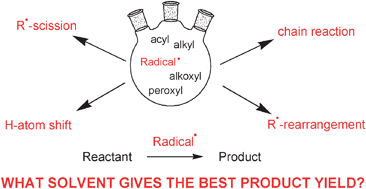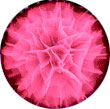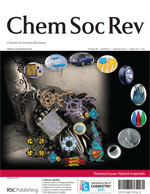I am delighted to announce that Dr Rachel O’Reilly from the University of Warwick, UK, has been appointed as a new Chem Soc Rev Editorial Board member.

Rachel is an expert in the design, synthesis and application of polymeric materials. She is a strong supporter of RSC journals, including recently contributing to the ChemComm Emerging Investigators issue and guest editing the Polymer Chemistry Emerging Investigator issue.
She brings a wealth of knowledge and enthusiasm to the Chem Soc Rev Editorial Board and we look forward to working with her.
If you have an idea for a review or themed issue, let us know. Sign up for the Chem Soc Rev e-alert to be notified when the latest issue is online.
Also of interest:
Cylindrical micelles from the living crystallization-driven self-assembly of poly(lactide)-containing block copolymers
Nikos Petzetakis, Andrew P. Dove and Rachel K. O’Reilly, Chem. Sci., 2011, DOI: 10.1039/C0SC00596G
Reversible morphological switching of nanostructures in solution
Adam O. Moughton, Joseph P. Patterson and Rachel K. O’Reilly, Chem. Commun., 2011, 47, 355-357



















